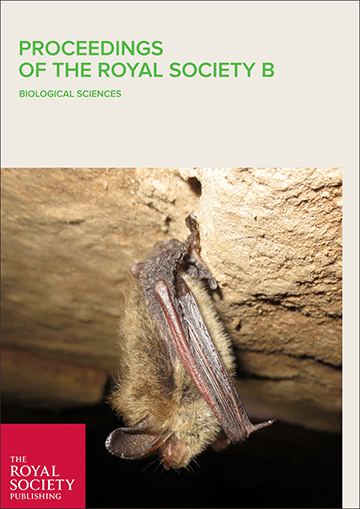In a tsunami event human casualties and infrastructure damage are determined predominantly by seaquake intensity and offshore properties. On land, wave energy is attenuated by gravitation (elevation) and friction (land cover). Tree belts have been promoted as “bioshields” against wave impact. However, given the lack of quantitative evidence of their performance in such extreme events, tree belts have been criticized for creating a false sense of security. This study used 180 transects perpendicular to over 100 km on the west coast of Aceh, Indonesia to analyze the influence of coastal vegetation, particularly cultivated trees, on the impact of the 2004 tsunami. Satellite imagery; land cover maps; land use characteristics; stem diameter, height, and planting density; and a literature review were used to develop a land cover roughness coefficient accounting for the resistance offered by different land uses to the wave advance. Applying a spatial generalized linear mixed model, we found that while distance to coast was the dominant determinant of impact (casualties and infrastructure damage), the existing coastal vegetation in front of settlements also significantly reduced casualties by an average of 5%. In contrast, dense vegetation behind villages endangered human lives and increased structural damage. Debris carried by the backwash may have contributed to these dissimilar effects of land cover. For sustainable and effective coastal risk management, location of settlements is essential, while the protective potential of coastal vegetation, as determined by its spatial arrangement, should be regarded as an important livelihood provider rather than just as a bioshield.
DOI:
https://doi.org/10.1073/pnas.1013516108
Skor altmetrik:
Jumlah Kutipan Dimensi:


















